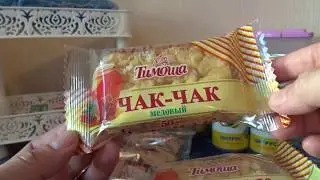Learn PHP Constants and Operators Quickly !!
Introduction:
PHP is a popular server-side scripting language that is widely used for web development. It is a powerful and flexible language that allows developers to create dynamic and interactive web applications. Constants and operators are two fundamental concepts in PHP that developers need to understand to use the language effectively. In this article, we will discuss PHP constants and operators in detail and provide tips for learning them quickly.
Part 1: Understanding PHP Constants
Constants are like variables that store data, but their value cannot be changed once they are defined. They are used to store values that do not change throughout the program's execution, such as configuration settings, database connection details, and other such information. Constants are defined using the define() function in PHP. The syntax for defining a constant is as follows:
define("CONSTANT_NAME", "constant_value");
Here, "CONSTANT_NAME" is the name of the constant, and "constant_value" is the value assigned to the constant. Constants are accessed using the constant() function, as shown below:
echo CONSTANT_NAME;
In the above code, "CONSTANT_NAME" is the name of the constant, and the echo statement prints the value assigned to the constant.
Part 2: Exploring PHP Operators
Operators are symbols that are used to perform operations on variables and constants. PHP supports a wide range of operators, including arithmetic, comparison, logical, and assignment operators. Some of the most commonly used operators in PHP are:
1. Arithmetic Operators: These operators are used to perform basic arithmetic operations like addition, subtraction, multiplication, and division. The following table lists the arithmetic operators supported by PHP:
Operator Description
Addition
Subtraction
Multiplication
/ Division
% Modulus
2. Comparison Operators: These operators are used to compare two values and return a Boolean value (true or false). The following table lists the comparison operators supported by PHP:
Operator Description
== Equal to
!= Not equal to
Less than
Greater than
Less than or equal to
Greater than or equal to
3. Logical Operators: These operators are used to combine multiple conditions and return a Boolean value (true or false). The following table lists the logical operators supported by PHP:
Operator Description
&& And
|| Or
! Not
4. Assignment Operators: These operators are used to assign a value to a variable or constant. The following table lists the assignment operators supported by PHP:
Operator Description
= Assign
+= Add and assign
-= Subtract and assign
*= Multiply and assign
/= Divide and assign
%= Modulus and assign
Part 3: Tips for Learning PHP Constants and Operators Quickly
Here are some tips for learning PHP constants and operators quickly:
1. Practice coding: The best way to learn PHP constants and operators is by practicing coding. Write simple programs that use constants and operators and gradually increase the complexity of the code.
2. Use online resources: There are many online resources available that provide tutorials and examples on PHP constants and operators. Use these resources to supplement your learning.
3. Attend online courses: There are many online courses available that teach PHP constants and operators. These courses provide a structured learning approach and are ideal for beginners.
4. Use a PHP IDE: A PHP Integrated Development Environment (IDE) can make coding easier and faster. Use a PHP IDE to write code, debug errors, and test your programs.
5. Join online forums: Join online forums and communities related to PHP. These forums provide a platform to discuss PHP programming and get help from experienced developers.
GIthub: https://github.com/Umii010?tab=reposi...
Quora: https://www.quora.com/profile/UmerSha...







